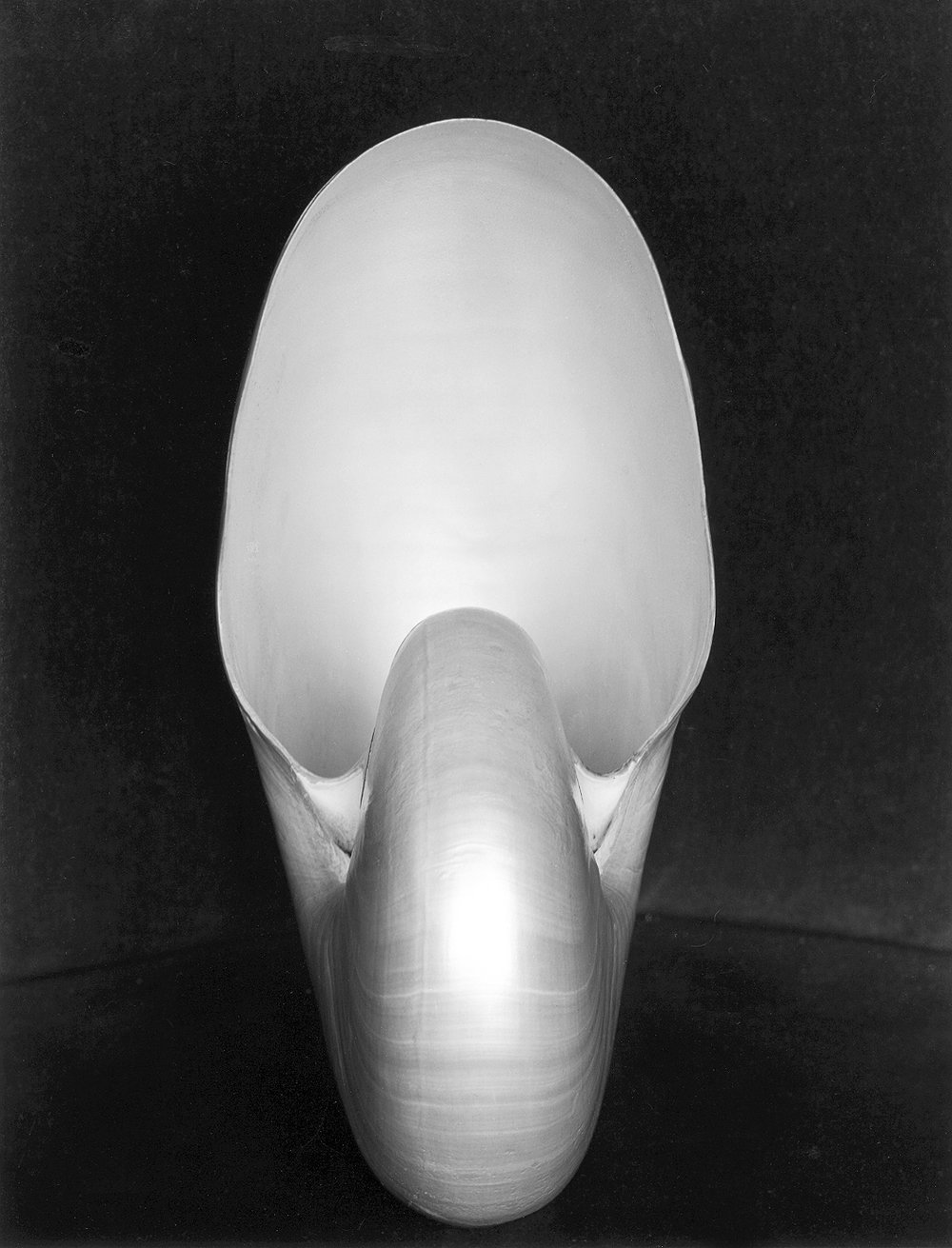Edward Weston
(AMERICAN, 1886 - 1958)
Edward Weston, an American photographer was born in Highland Park, Illinois. Weston began to make photographs in Chicago parks in 1902, and his works were first exhibited in 1903 at the Art Institute of Chicago. Three years later he moved to California and opened a portrait studio in a Los Angeles suburb. The Western landscape soon became his principal subject matter. In the 1930s, Weston and several other photographers, including Ansel Adams, Imogen Cunningham, and Willard van Dyke, formed the f/64 group, which greatly influenced the aesthetics of American photography. In 1937, Weston received the first Guggenheim Fellowship awarded to a photographer, which freed him from earning a living as a portraitist. The works for which he is famous–sharp, stark, brilliantly printed images of sand dunes, nudes, vegetables, rock formations, trees, cacti, shells, water, and human faces are among the finest of 20th-century photographs; their influence on modern art remains inestimable.
Weston made his last photographs at his beloved Point Lobos, California, during the decade from 1938 to 1948, 1948 being the year he was stricken with Parkinson's disease. His second son, Brett Weston, 1911-93, and his fourth son, Cole Weston, 1919-2003, were both photographers in their father's tradition. Cole Weston, Edward's youngest son, made prints from Edward's original negatives for approximately forty years. Each print was made according to Edward's specifications, created in the same format as his father's. The negatives are now safely stored at the Center for Creative Photography in Tucson, Arizona.
Edward Weston was one of the true regenerative artists: an awakener of the eye and the evolving mind it serves. Regeneration was a quality that Weston brought to photography for more than three decades, defining both the limits and the generosities of his medium. Point Lobos was only one of his subjects, though he returned to it again and again, and took his last photograph there. His career spanned crucial years in American photography, and a restless pursuit of his art created a body of work that ranged over nudes, still lifes, industrial scenes, portraiture, landscapes, and any other subject that touched his visual imagination." Aperture: Masters of Photography: Number 7, Edward Weston, 1988
“Is love like art - something always ahead, never quite attained...”
“Now to consult the rules of composition before making a picture is a little like consulting the law of gravitation before going for a walk. Such rules and laws are deduced from the accomplished fact; they are the products of reflection...”
We have other Edward Weston works available (vintage, Cole Weston and Brett Weston prints) so please contact us for specific inquiries.
Images: Center for Creative Photography © 1981 Center for Creative Photography, Arizona Board of Regents.









